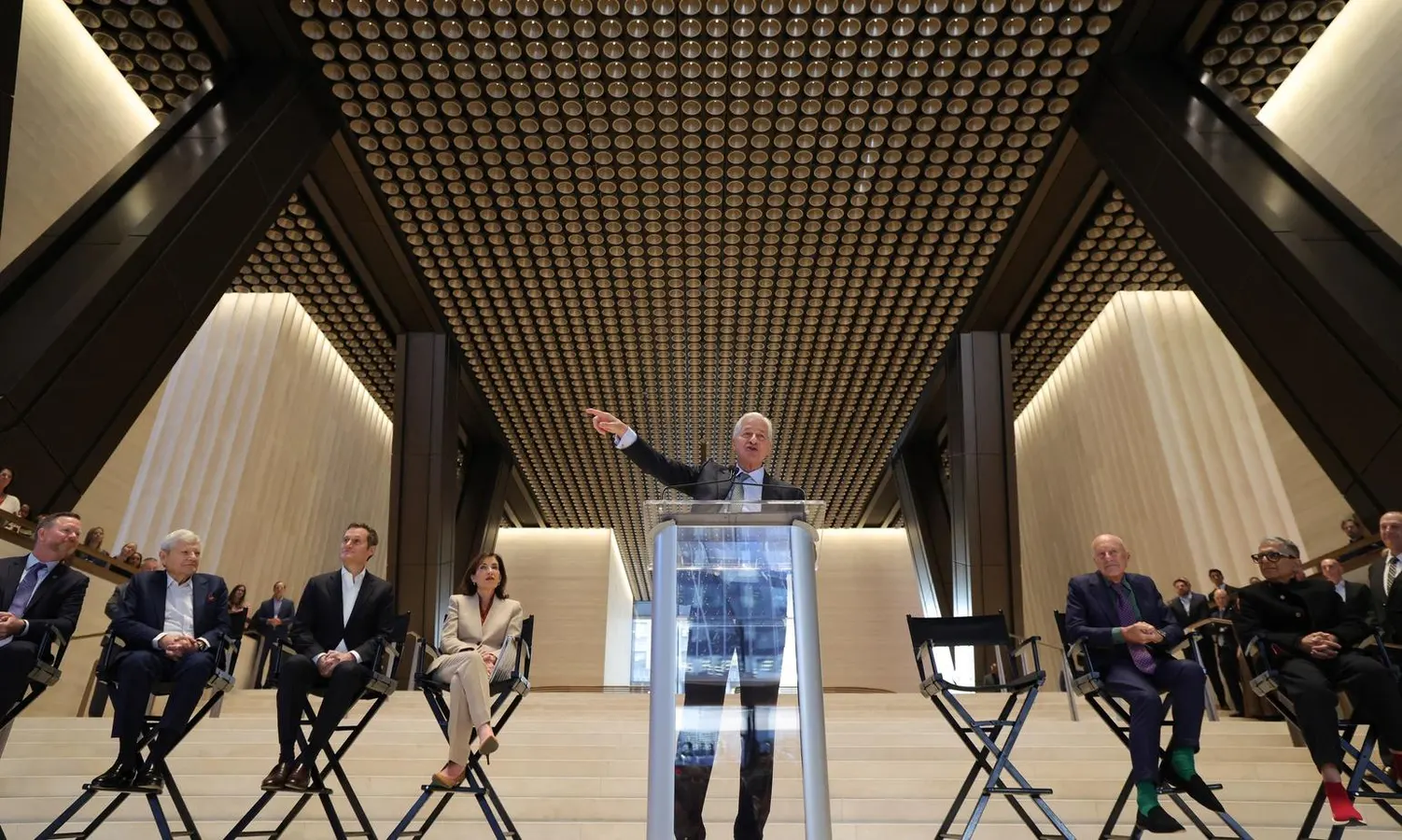Copyright newsbytesapp

African beadwork has always been a colorful and intricate art form, but now, it's going green. Artists across the continent are using eco-friendly materials to create stunning pieces. These pieces not only preserve the environment but also showcase the rich cultural heritage of Africa. This shift towards sustainability is not just an artistic innovation. It is also a way to promote environmental awareness and economic growth in local communities. Upcycling is the practice of converting waste materials into new products of value. In African beadwork, artists are using discarded items like plastic bottles and old fabric scraps to make beads and other components. This not only reduces waste but also provides an affordable alternative to traditional materials. By upcycling, artists can create unique pieces that tell a story of transformation and resilience. Traditionally, synthetic dyes have been used in beadwork, but now, more and more artists are switching to natural dyes from plants, fruits, and vegetables. These eco-friendly options not only reduce the environmental impact but also give a unique color palette to the beads. Natural dyes are biodegradable and non-toxic, making them a safer choice for both the artisans and the environment. Sustainable sourcing is all about getting raw materials from renewable resources without harming ecosystems. In beadwork, this means sourcing seeds, nuts, or shells from trees or plants that can grow back naturally. This practice supports biodiversity conservation while giving artisans a steady supply of high-quality materials for their crafts. Eco-art initiatives in African beadwork often involve community participation, empowering local artisans economically and socially. By forming cooperatives or joining fair trade networks, these artists can get better prices for their work while promoting sustainable practices within their communities. Such efforts not only improve livelihoods but also foster a sense of pride in cultural heritage and environmental stewardship.



